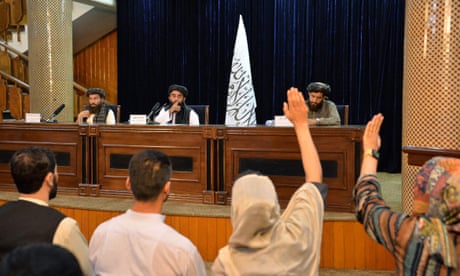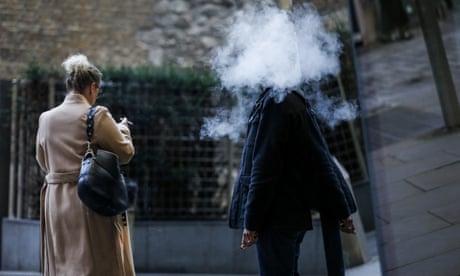Financial rewards given to those shredding the US constitution?
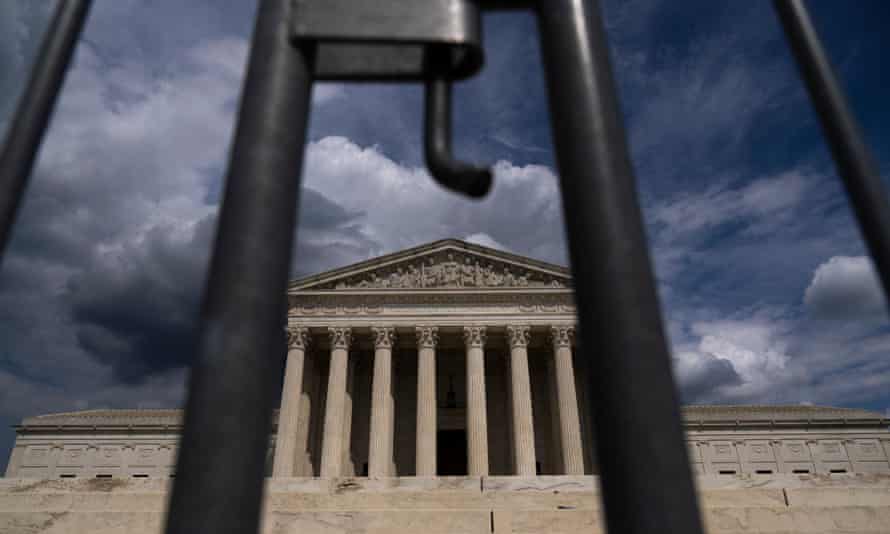
Laurence H Tribe
For years, as the supreme court’s composition kept tilting right, reproductive rights have been squarely on the chopping block. Now they are on the auction block as well.
Observers have speculated how today’s new ultra-right court would commence the slicing: by chipping away slowly at Roe v Wade? Or by taking the political heat and overruling it outright? Few imagined that the court would let a statute everybody concedes is flagrantly unconstitutional under the legal regime of Roe not only go into effect without being judicially reviewed but become the centerpiece of a totally unique state scheme that puts a bounty of at least $10,000 on the head of every woman who is or might be pregnant.
It wasn’t just Roe that died at midnight on 1 September with barely a whimper, let alone a bang. It was the principle that nobody’s constitutional rights should be put on sale for purchase by anyone who can find an informant or helper to turn in whoever might be trying to exercise those rights.
That, after all, is how the new Texas law works. Its perverse structure, which delegates to private individuals anywhere a power the state of Texas is forbidden to exercise itself until Roe is overruled, punishes even the slightest form of assistance to desperate pregnant women. Doctors, family members, insurance companies, even Uber drivers, are all at risk if they help a woman in need. And the risk is magnified by the offer of a big fat financial reward for whoever successfully nabs a person guilty of facilitating an abortion once a heartbeat can be detected, typically six weeks after a woman’s last period, well before most women even know they are pregnant. There is not even an exception for pregnancies resulting from rape or incest. No law remotely like this has ever been allowed to go into effect.
The prospect of hefty bounties will breed a system of profit-seeking, Soviet-style informing on friends and neighbors. These vigilantes will sue medical distributors of IUDs and morning-after pills, as well as insurance companies. These companies, in turn, will stop offering reproductive healthcare in Texas. As of a minute before midnight on 31 August, clinics in Texas were already turning patients away out of fear. Even if the law is eventually struck down, many will probably close anyway.
Worse still, if women try to escape the state to access abortion services, their families will be on the hook for offering even the smallest aid. If friends or family of a woman hoping to terminate her pregnancy drive her across state lines, or help her organize money for a plane or bus ticket, they could be liable for “aiding and abetting” a now-banned abortion, even if the procedure itself takes place outside Texas.
Adding insult to injury, if a young woman asks for money for a bus ticket, or a ride to the airport, friends and parents fearful of liability might vigorously interrogate her about her intentions. This nightmarish state of affairs burdens yet another fundamental constitutional privilege: the right to interstate travel, recognized by the supreme court in 1999 as a core privilege of federal citizenship. Welcome to Gilead!
Many wealthy women will presumably still find ways to access care. But their poor, disproportionately minority sisters will be stuck, forced to face down the barrel of unimaginably cruel choices. Desperate women will still seek abortions but will be forced to do so on the black market and in back alleys. Fewer Samaritans will risk heavy fines or imprisonment to help them. Some will die trying.
What can be done? We can give up on this court and try pressuring Congress to pass the Women’s Health Protection Act, which would enshrine a federal statutory right to provide and receive abortion care free of these sorts of state schemes. But such a bill would die at the hands of Mitch McConnell, the minority leader, in a Senate filibuster.
And what if it were somehow to pass? Odds are that a court majority, despite having held that Congress is empowered to enact a nationwide ban on certain late-term abortions because medical procedures are part of interstate commerce, would suddenly “discover” new limits on the reach of the commerce clause as a source of congressional power and strike the act down. When the court so casually lets a law that flouts its precedents take effect, all bets are off.
Or are they? Maybe even justices deeply hostile to abortion rights can be persuaded to balk specifically at the unprecedented financial incentives this grotesque law creates to put a price on the head of every pregnant woman or girl. Shades of sex slavery and prostitution might put this privatization of law enforcement in a light even conservative jurists find unbearable. What if women chilled by this business model, or those seeking to help them to avoid unwanted motherhood, were to sue the Texas authorities who stand ready to disburse $10,000 bounties for each forbidden abortion detected or prevented?
As Justice Sotomayor said in her dissent – there were four dissents in all – the Texas law “is a breathtaking act of defiance – of the constitution, of this court’s precedents, and of the rights of women seeking abortions throughout Texas”. After a puzzling silence of a day and night, “the court finally [told] the Nation that it declined to act because, in short, the State’s gambit worked.” Even if not a single justice in the 5-4 majority rejects the ability of a state to “evade federal judicial scrutiny by outsourcing the enforcement of unconstitutional laws to its citizenry”, and even if all five of the justices in that majority stand ready to trash Roe v Wade, maybe at least one of those justices would agree that no state can hand out financial rewards to people – not only citizens in Texas but people from anywhere in the country, perhaps the world – shredding the constitution of the United States?
At least it’s worth a try.
Laurence H Tribe is the Carl M Loeb University professor and professor of constitutional law emeritus at Harvard University and an accomplished supreme court advocate. Follow him on Twitter @Tribelaw




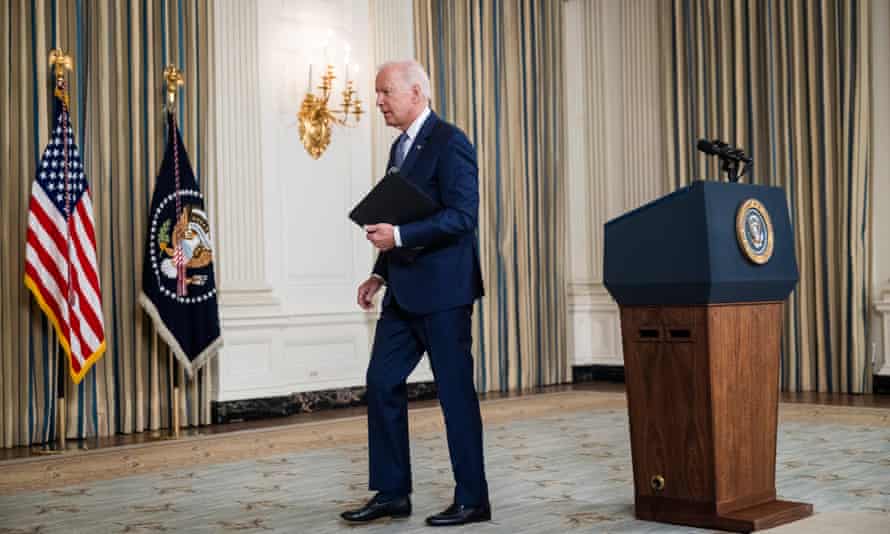

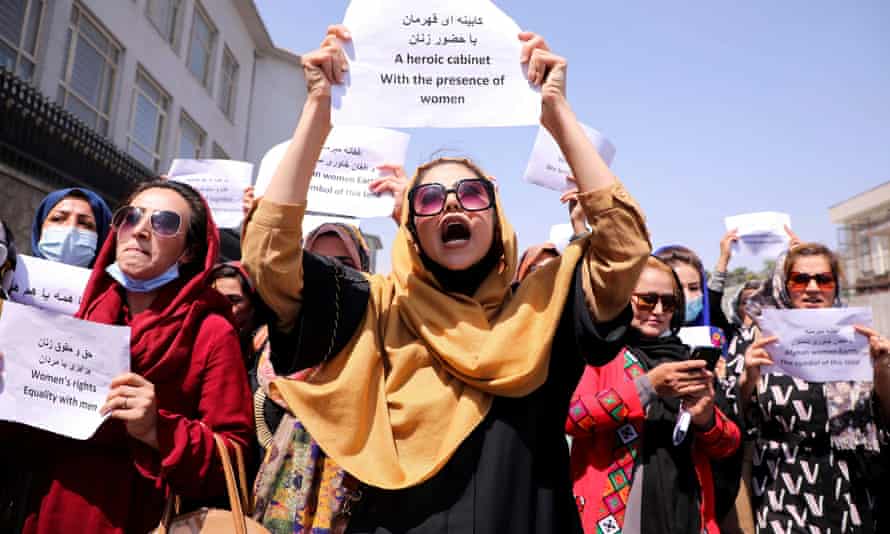


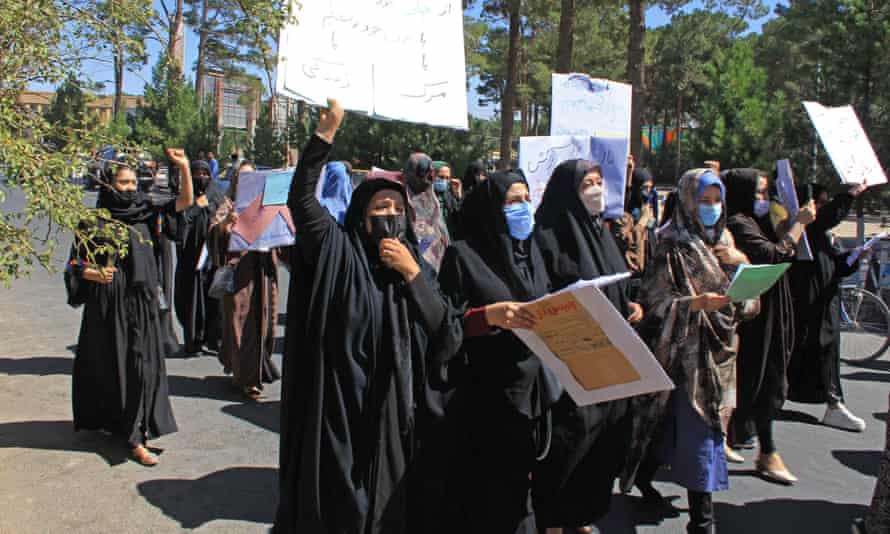

 Protesters in Kabul. Photograph: Reuters
Protesters in Kabul. Photograph: Reuters






